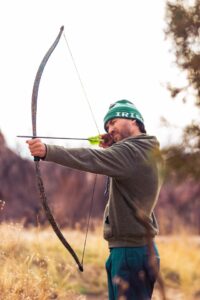
Bow hunting is an age-old practice that combines skill, patience, and a deep connection with nature. For many, it offers an experience that is both challenging and rewarding. Whether you’re hunting for sport, food, or simply to connect with nature, getting started in bow hunting requires understanding the fundamentals, selecting the right equipment, and learning proper techniques. This guide will walk you through everything you need to know to get started with bow hunting, from selecting your gear to sharpening your skills in the field.
Understanding Bow Hunting
Bow hunting involves hunting game with a bow and arrows, a method that requires a combination of strength, precision, and stealth. Unlike hunting with firearms, which offers greater range and power, bow hunting demands that hunters get closer to their prey, often within 20-40 yards. This makes it a unique and intimate experience that allows hunters to truly immerse themselves in the wilderness.
Bow hunting is also regulated differently from rifle hunting, with its own seasons and licensing requirements. Before you start, make sure you familiarize yourself with your state’s hunting laws and bow-specific regulations.
Choosing The Right Bow
There are several types of bows to choose from, each with its own pros and cons. Your choice will depend on your preferences, skill level, and the type of game you plan to hunt.
Compound Bow
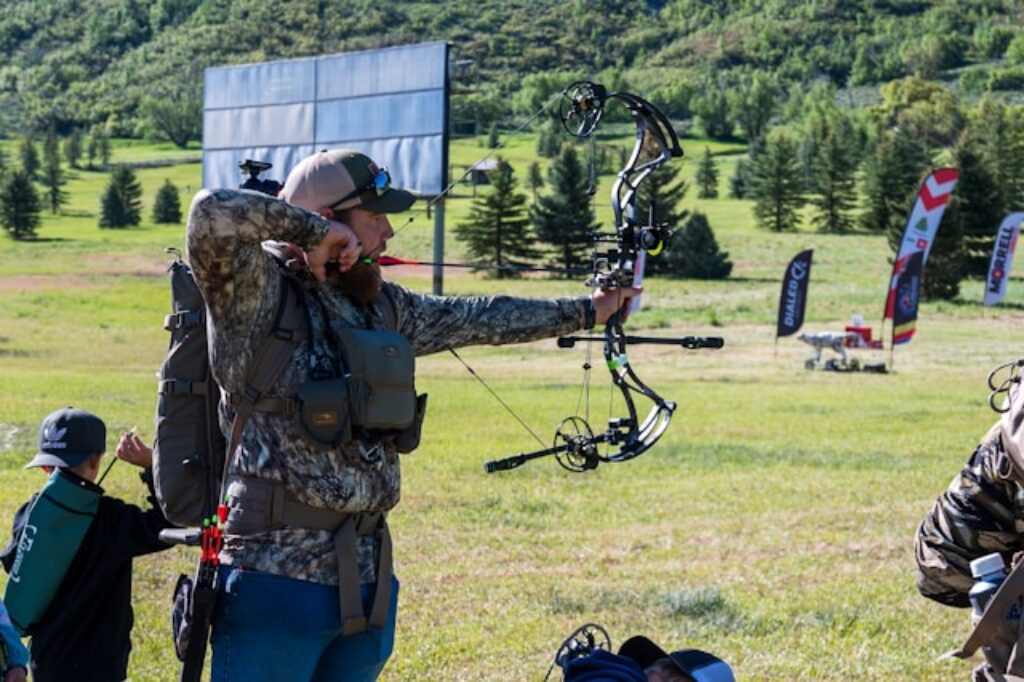
The most popular choice for modern bow hunters, the compound bow is designed for accuracy and power. It uses a system of pulleys and cables that reduce the draw weight when fully drawn, allowing the hunter to hold the bowstring at full draw with less effort. This gives you time to aim precisely before releasing the arrow. Compound bows are often customizable, with adjustable draw weights and lengths, making them suitable for both beginners and experienced hunters.
Recurve Bow
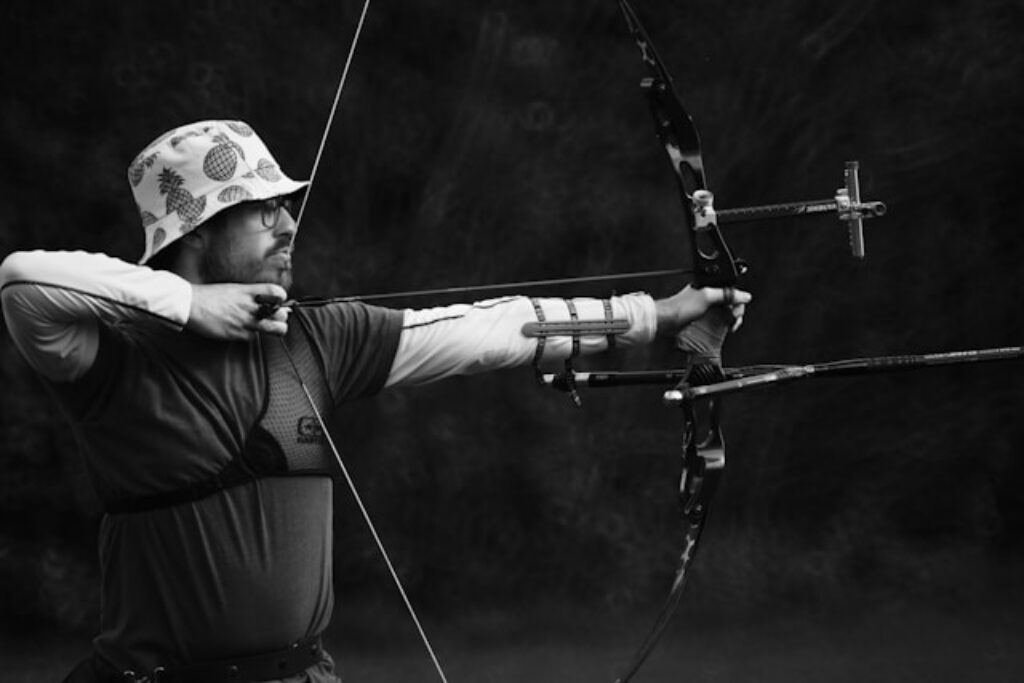
A traditional type of bow with a simple, curved design, the recurve bow requires more strength and skill to use than a compound bow. It doesn’t have the mechanical advantage of a compound bow, meaning the full draw weight must be maintained until the shot is fired. However, recurve bows offer a more traditional hunting experience and are often preferred by archers who appreciate the skill and artistry involved.
Longbow
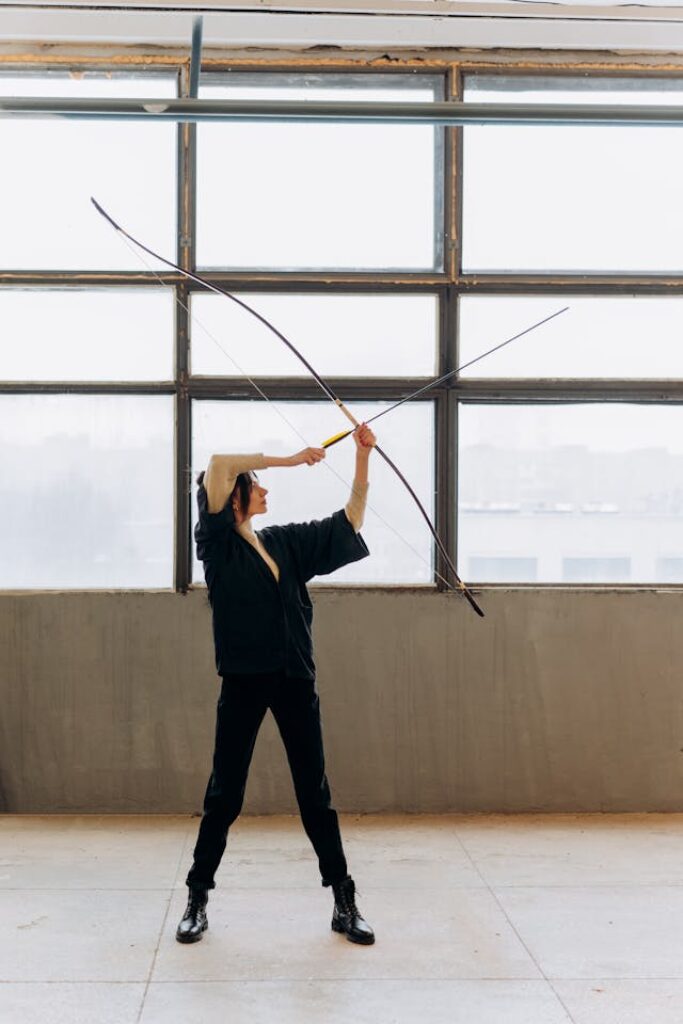
The longbow is a straight, tall bow that has been used for centuries. It’s more challenging to use than both compound and recurve bows due to its lack of mechanical assistance and requires a high level of skill and accuracy. Longbows are generally lighter and quieter, making them ideal for hunters who want to get as close to their prey as possible. However, they require more practice to achieve accuracy.
Crossbow
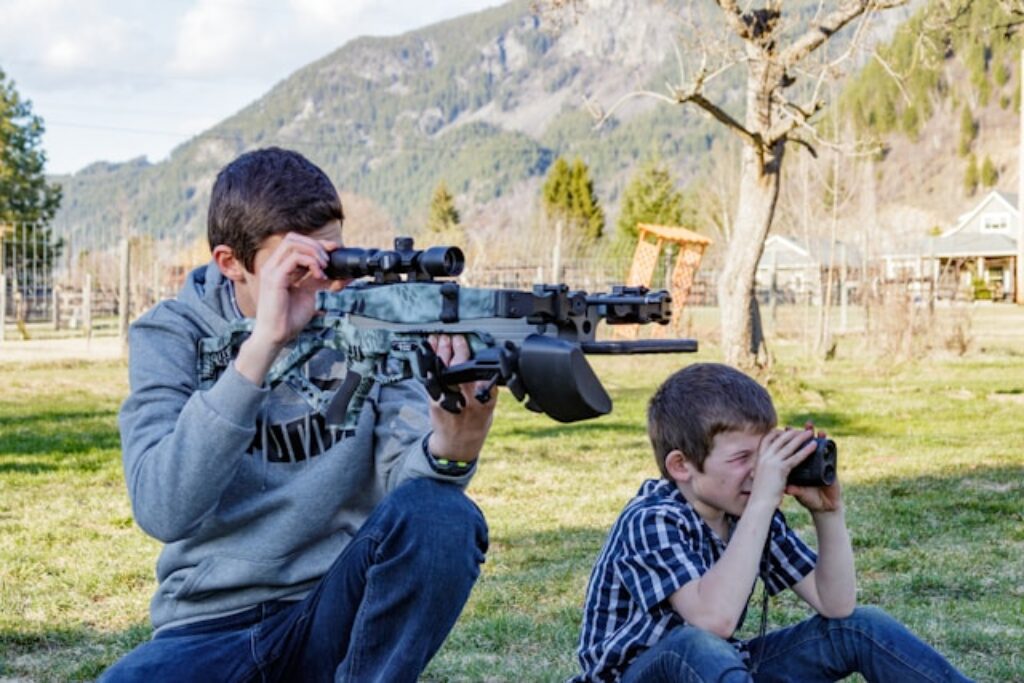
Though not technically a traditional bow, the crossbow has become a popular choice for hunters in recent years. Crossbows use a horizontal bow mounted on a stock and shoot bolts or arrows. The primary advantage of a crossbow is that it’s easier to aim and shoot, requiring less physical strength to hold at full draw. This makes it an excellent option for those who may have physical limitations or prefer a less physically demanding form of bow hunting.
Essential Gear For Bow Hunting
Aside from choosing the right bow, there are several other essential pieces of gear that you’ll need to be successful in bow hunting.
Arrows

Arrows come in a variety of materials, including aluminum, carbon, and wood. The type of arrows you choose will depend on your bow type and personal preference. Carbon arrows are popular because they are lightweight and durable, offering good speed and accuracy. Aluminum arrows are heavier but can be more affordable. You’ll also need to consider the arrow’s spine (stiffness) and length to match your bow’s draw weight and length.
Broadheads
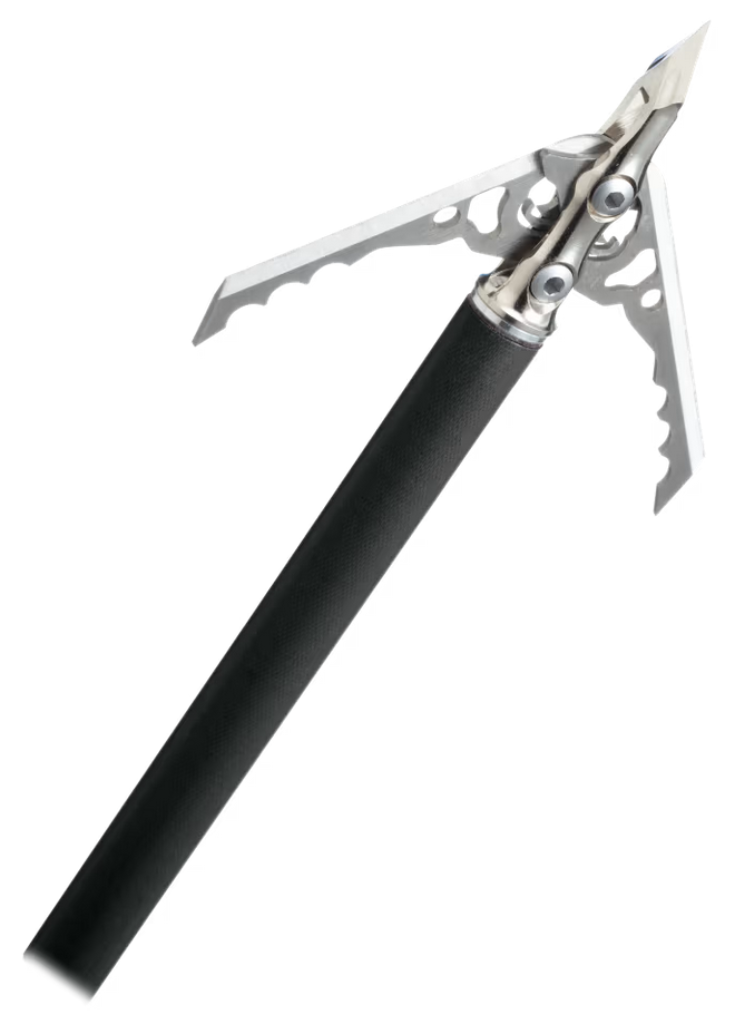
Broadheads are the tips of the arrows and are crucial for effective hunting. There are two main types: fixed-blade broadheads and mechanical broadheads. Fixed-blade broadheads have blades that are permanently attached, making them durable and reliable. Mechanical broadheads have blades that deploy upon impact, offering more aerodynamic flight and larger cutting diameters. Both types are effective, but fixed-blade broadheads require more tuning to achieve proper flight.
Bow Sights
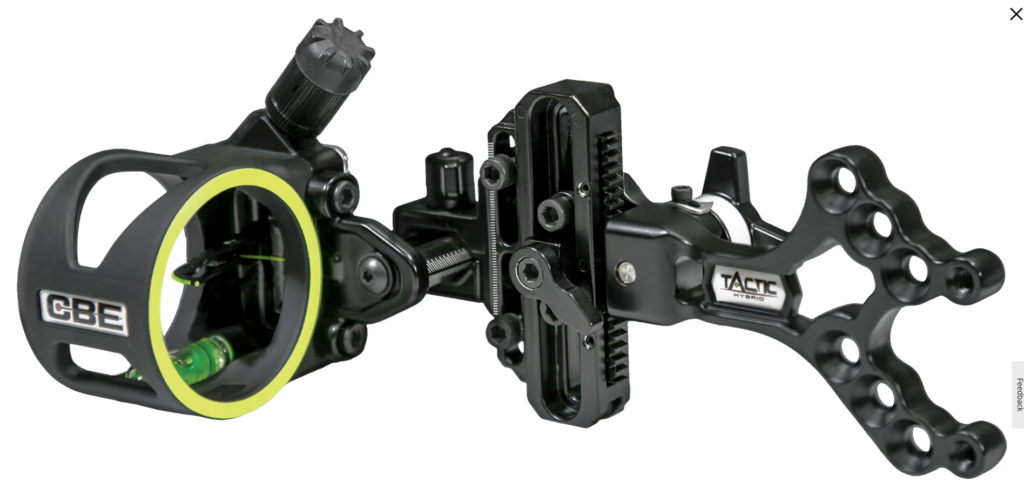
A bow sight helps you aim more accurately by providing reference points to line up your shot. Many hunters opt for multi-pin sights, which have different pins for various distances. This allows you to aim precisely depending on how far away your target is. Some hunters prefer single-pin sights for simplicity, while others use adjustable sights for more versatility.
Release Aid
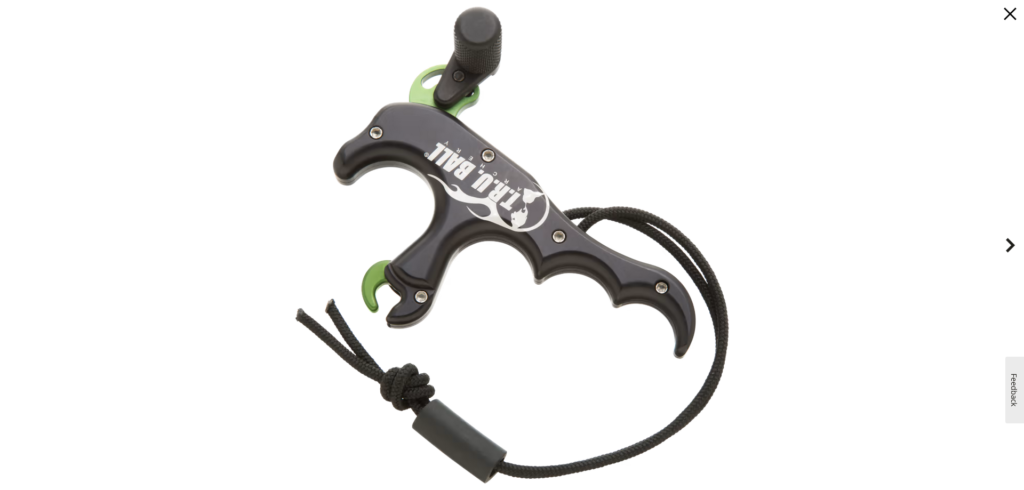
A release aid is a mechanical device that helps you release the bowstring more smoothly and consistently. It hooks onto the bowstring, and with a trigger-like mechanism, you can release the string without the torque that comes from using your fingers. This can significantly improve your accuracy.
Bow Case and Accessories
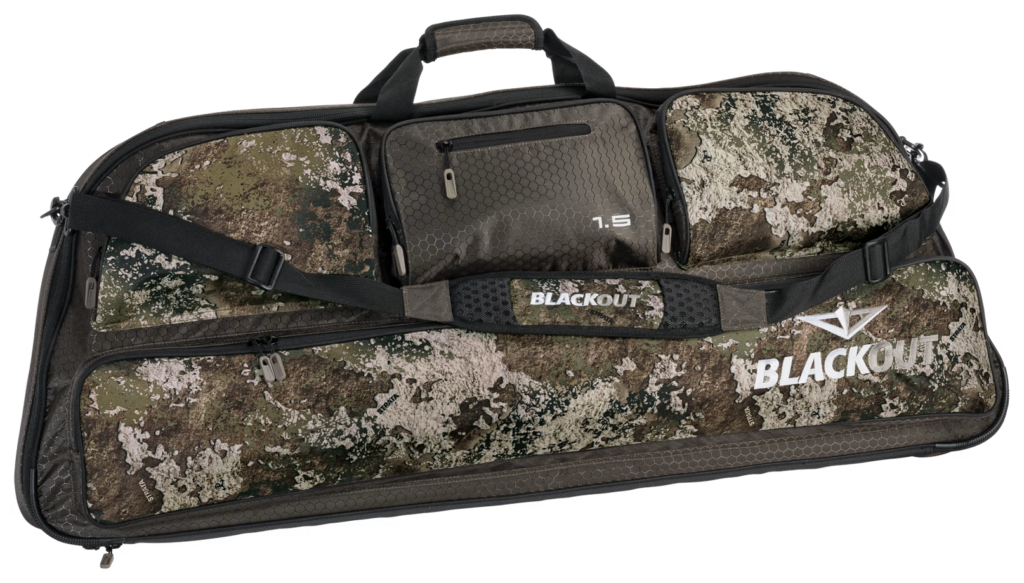
You’ll also need a sturdy bow case to protect your equipment during transport. Many hunters also carry tools such as a bow stabilizer, quiver, and string silencers to improve their accuracy and reduce noise when shooting.
Hunting Licenses and Education
Before heading into the field, it’s essential to acquire the proper hunting licenses. In most states, bow hunters must obtain a hunting license and often complete a bowhunter education course. These courses are designed to teach you the ethics, laws, and safety practices of bow hunting. Many states offer online and in-person courses to ensure that you are fully prepared to hunt responsibly and safely.
Bow Hunting Techniques
Once you have your gear and your license, it’s time to start honing your hunting skills. Bow hunting requires a different approach than rifle hunting, and there are a few key techniques that can help you succeed.
Stealth and Stalking
Since bow hunting requires getting closer to your target, stealth is key. Practice moving quietly through the woods and pay attention to the wind direction, as animals can easily pick up human scent. Wearing camouflage and using natural cover like trees and brush will help you remain hidden.
Stand Hunting
Many bow hunters opt for stand hunting, where you set up in a tree stand or ground blind and wait for game to come within range. This method requires patience but can be highly effective if you’ve scouted your location well and know where animals are likely to travel.
Shot Placement
Accuracy is critical in bow hunting, and proper shot placement is crucial for a clean, ethical kill. The most effective shot is typically to the animal’s vitals, located just behind the front shoulder. This ensures that the arrow strikes the heart or lungs, leading to a quick and humane kill.
Tracking
If your arrow does not immediately take down the game, you may need to track it. Learn to identify blood trails, broken branches, and other signs that indicate the direction the animal has traveled. Patience and attention to detail are essential when tracking wounded game.
Practice Makes Perfect
Becoming proficient in bow hunting takes time and practice. Spend time at the range honing your shooting skills, paying attention to your form, accuracy, and consistency. Practice shooting from different positions, including kneeling and sitting, as these are common stances you’ll need in the field. Regular practice will help you build the muscle memory and confidence needed to make clean shots when the moment arises.
Safety Considerations
Bow hunting is a safe and enjoyable sport, but it’s essential to follow safety protocols to avoid accidents. Always treat your bow with respect, never point it at anything you don’t intend to shoot, and be aware of your surroundings when hunting with others. Additionally, always wear a safety harness when using a tree stand to prevent falls.
Recipes
If you’re looking for a delicious recipe to prepare wild game you’ve harvested, especially using a bow, there’s a great collection of wild game recipes available at various sites. One recipe to try is the Big Game Chislic, a popular dish in the western U.S. that is both quick and flavorful, making it a great option for venison or other game.
Additionally, you can find a variety of recipes such as venison chili, duck gumbo, and pulled duck with plum sriracha over at Wide Open Country. For a broader selection, check out Hank Shaw’s website, which features recipes for everything from venison to rabbit and squirrel.
For detailed instructions and more wild game recipe ideas, visit Bowhunting.com’s recipe archive
Conclusion
Bow hunting is a rewarding pursuit that requires skill, patience, and dedication. By selecting the right equipment, practicing your technique, and understanding the ethical considerations of hunting, you can enjoy a fulfilling and challenging experience in the great outdoors. Remember that success in bow hunting doesn’t come overnight, but with perseverance and respect for nature, you’ll find that the journey itself is just as rewarding as the hunt. Happy hunting!


![G5 Striker Fixed Blade Broadhead 3-Pack [2018]](https://wildsportsoutfitters.com/wp-content/uploads/ce-logos/blackovis-com.png)
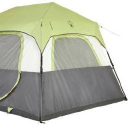




- QUICK AND DEADLY: Tough and agile mechanism helps you hit small, quick game as well as larger, tougher animals
- ADJUSTABLE DESIGN: 6-position adjustable butt-stock comfortably fits a variety of users while the aluminum barrel stock is designed to withstand wear-and-tear
- POWER AND SPEED IN 1: Fires at a rate up to 405 feet-per-second and generates up to 134 foot-pounds on a hit, blending accuracy and striking power
- STEALTHY: Built-in Dead Silent limb and string suppressors reduce noise and prevent prey from noticing you as you track them
- AMMO INCLUDED: 3 premium Hyper carbon crossbolts are included, complete with a 5-bolt quiver



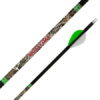
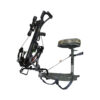
![G5 Striker Fixed Blade Broadhead 3-Pack [2018]](https://wildsportsoutfitters.com/wp-content/uploads/thumbs_dir/g5strikerfixedbladebroadhead3-pack2018-qujv2zce6qc48coj88zbjhfg7s8uw7t9tp0sh0x4iw.jpg)
))/2761355.json?$BPSMkt_ProductFeeds$&extend=380,380,380,380)
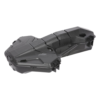
))/3940858.json?$BPSMkt_ProductFeeds$&extend=380,380,380,380)
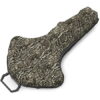
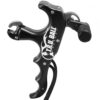
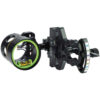

))/3683556.json?$BPSMkt_ProductFeeds$&extend=380,380,380,380)





